Quadriderm RF Cream
|
Name |
Quadriderm RF Cream |
|
Salt |
Beclometasone (0.025% w/w) + Neomycin (0.5% w/w) + Clotrimazole (1% w/w) |
|
Manufactured By |
Fulford India Ltd |
|
Packaging |
Tube |
|
Use |
Infection |
Product Introduction:
Quadriderm RF Cream: Comprehensive Skin Infection Relief
Quadriderm RF Cream, manufactured by Fulford India Ltd, is a powerful topical medication designed to address a variety of skin infections. This cream contains a combination of active ingredients, including Beclometasone, Neomycin, and Clotrimazole, which work together to provide relief from various skin conditions. It is widely used to treat skin infections and associated symptoms.
Use:
Quadriderm RF Cream is indicated for the management of skin infections, including fungal, bacterial, and inflammatory skin conditions. It is particularly effective in alleviating itching, inflammation, and redness associated with these infections.
Composition:
- Beclometasone (0.025% w/w)
- Neomycin (0.5% w/w)
- Clotrimazole (1% w/w)
How It Works:
- Beclometasone: It is a corticosteroid that reduces inflammation, itching, and redness in the affected area.
- Neomycin: An antibiotic that combats bacterial infections.
- Clotrimazole: An antifungal agent that treats fungal infections.
Safety Advice:
- Quadriderm RF Cream is meant for external use only. Avoid contact with eyes and mucous membranes.
- Consult a healthcare professional before using this cream on sensitive areas or for extended periods.
- Do not use Quadriderm RF Cream if you are allergic to any of its ingredients.
Dosage:
Apply a thin layer of Quadriderm RF Cream to the affected area as directed by your healthcare provider. Wash your hands thoroughly after application.
Tips:
- Follow your healthcare provider's instructions for the duration of treatment.
- Store the cream in a cool, dry place and away from direct sunlight.
- If the condition worsens or does not improve after several days of use, consult your healthcare provider.


 Cancer medications
Cancer medications Anti HIV Drugs
Anti HIV Drugs Hepatitis C Medicine
Hepatitis C Medicine Kidney Disease Drug
Kidney Disease Drug Anabolic Steroids & HGH
Anabolic Steroids & HGH Anti Rabies Vaccines
Anti Rabies Vaccines Erectile Dysfunction
Erectile Dysfunction Diabetes Medicine
Diabetes Medicine Birth Control|Contraceptive Pills
Birth Control|Contraceptive Pills Hormone Replacement Therapy
Hormone Replacement Therapy Ayurvedic Medicines
Ayurvedic Medicines





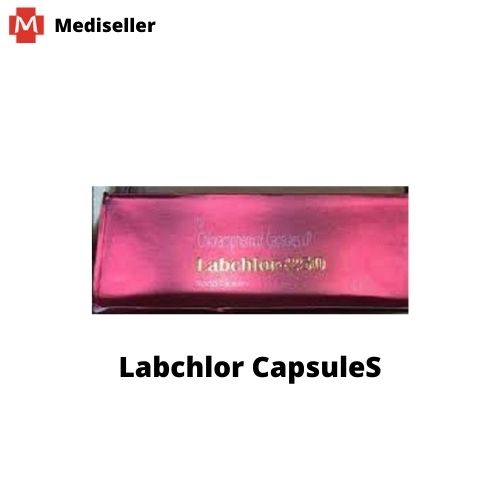


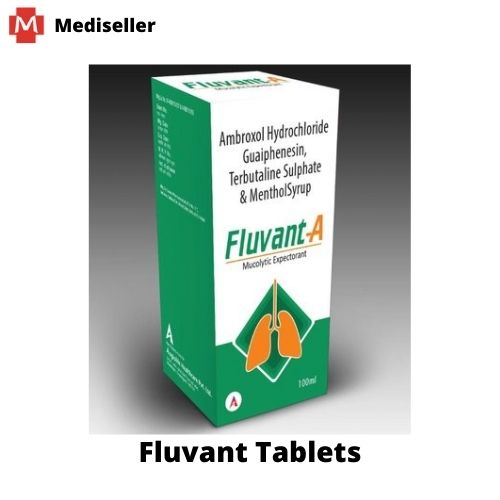
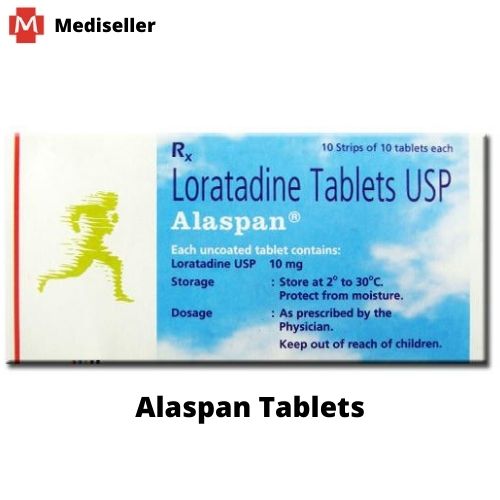
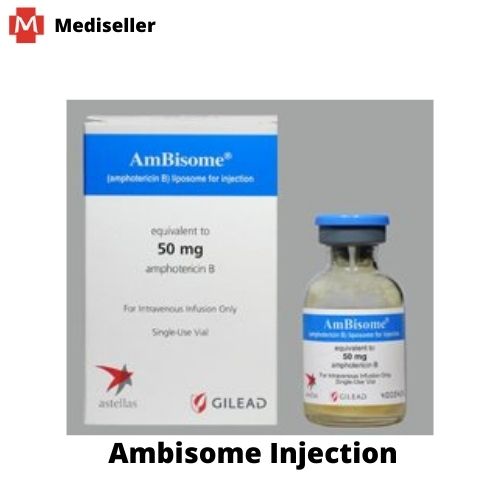


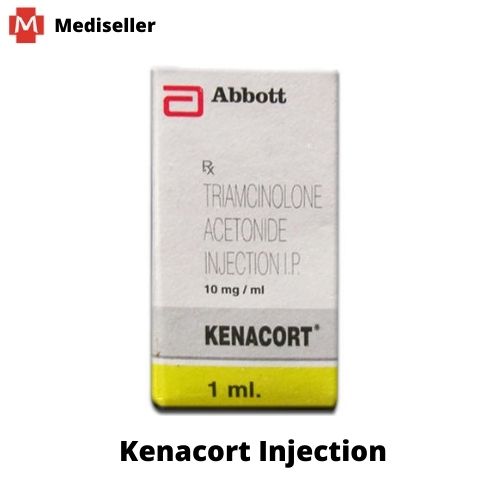


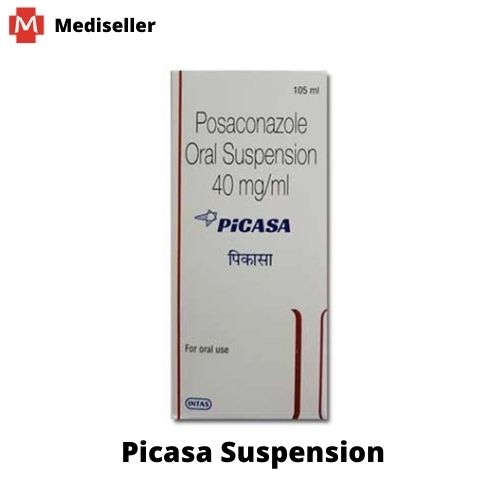



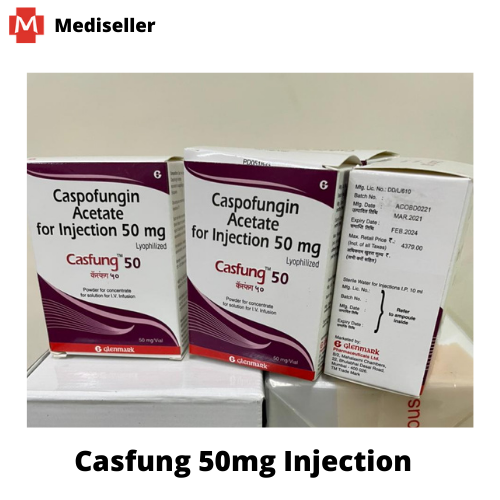
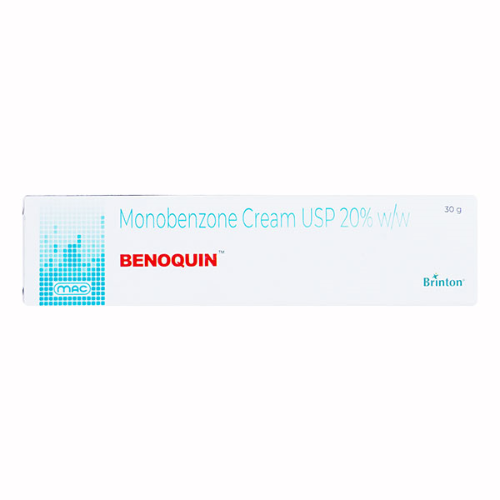


Fact Box:
Interaction with Other Treatments:
Inform your healthcare provider about all other medications or treatments you are currently using to ensure there are no potential interactions with Quadriderm RF Cream.
User Concerns:
If you have any questions or concerns about using Quadriderm RF Cream, consult with your healthcare provider or pharmacist for personalized guidance and recommendations.
FAQs:
Q: How often should I apply Quadriderm RF Cream?
A: The frequency of application and duration of treatment will be determined by your healthcare provider based on the specific skin condition being treated.
Q: Can Quadriderm RF Cream be used on children?
A: Consult with a healthcare professional before using this cream on children, as their skin may be more sensitive.
Disclaimer:
This information is provided for educational purposes and general guidance. Quadriderm RF Cream should be used as directed by a healthcare professional. It is not a substitute for professional medical advice and treatment. Skin conditions should be assessed and treated by qualified healthcare providers based on individual needs and considerations.